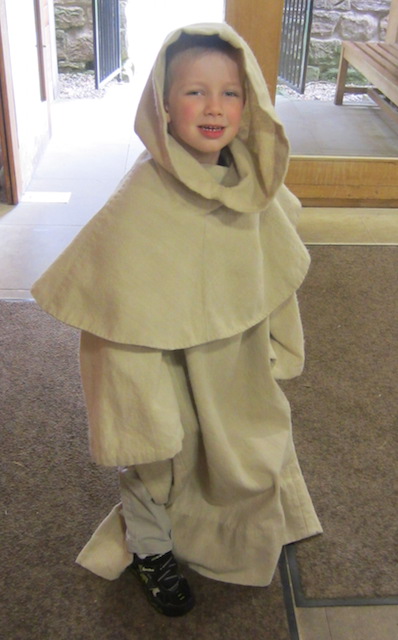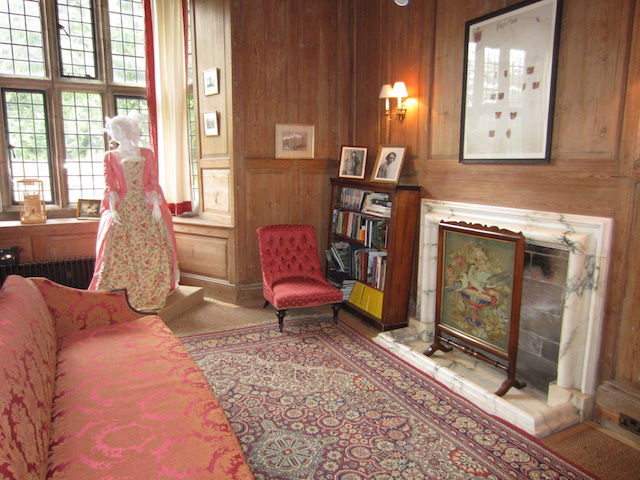January is the month for the Cub Scout's Pinewood Derby. J and I are totally novices to this part of scouting. I had the vague impression that we'd be building a racer that J sat in. Luckily, the racers are much smaller. Grandpa and J did some work over Christmas. J and I did some last minute tinkering just before the race on the 10th. The race was held at the church that sponsors J's pack. The set up was impressive. A four-lane track lined one side of the room. The track included cameras for the photo finish and a computer system that calculated speeds and tabulated results to determine ultimate winners.
 |
| Pinewood Derby track |
The other side of the room had a refreshments table and a work station in case anyone had to make last minute adjustments to their cars.
 |
| Snacks |
 |
| Repair shop |
After a quick explanation of the rules to the Tiger Scouts, their cars were put through several heats to determine the fastest.
 |
| Most important rule, stay behind the yellow line! |
 |
| First heat with J's car (second from top) |
 |
| Another heat with J's car (fourth from top) |
Each car was run in each lane against different sets of cars. All the results were tabulated. Sadly, J came in second to last overall. We still had a good time.
 |
| Results coming up |
At the monthly den meeting, we did an activity based on healthy eating. After discussing what foods were good and the various food groups, the boys cut out pictures of food and put them on their plates (with glue).
 |
| J's selections |
At the pack meeting, we had a sales pitch from the area Cub Scout leader to get donations for the Baltimore Area Council. The council has a separate operating budget from the packs and the national organization, so they need money. After the pitch, the boys played various games at various stations.
One game had the boys rolling marbles on a table and trying to get them caught in strips of double-sided tape near the end. Every boy in J's group had two of five marbles stick.
 |
| Marble challenge |
Another game was cereal box puzzles. Someone had cut up the front panels of cereal boxes into squares and the scouts had to work together to solve the puzzle.
 |
| J and two friends try to put Honey Nut Cheerios back together |
The last game was a variation on "keep the balloon in the air." Two scouts had to hold hands and keep their individual balloons from hitting the floor. The Tiger Cub Den had seven kids show up. J wound up in the group of three. They held left hands in the middle and worked on their own balloons. An adult was supposed to toss in an extra balloon once they got going, but we never got that far.
 |
| Ready to relink |
The Baltimore Area Council sponsored a Klondike Derby (learning about the Gold Rush on a park trail for a couple of hours) at the end of the month but we had religious education that Saturday morning and couldn't attend. Maybe next year!






























































